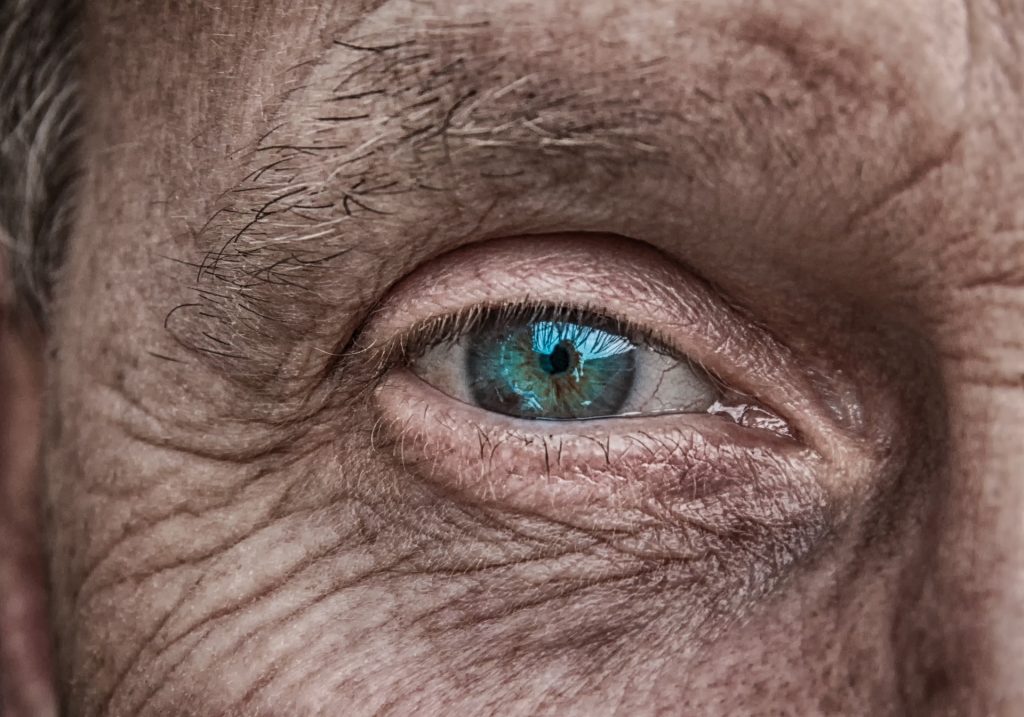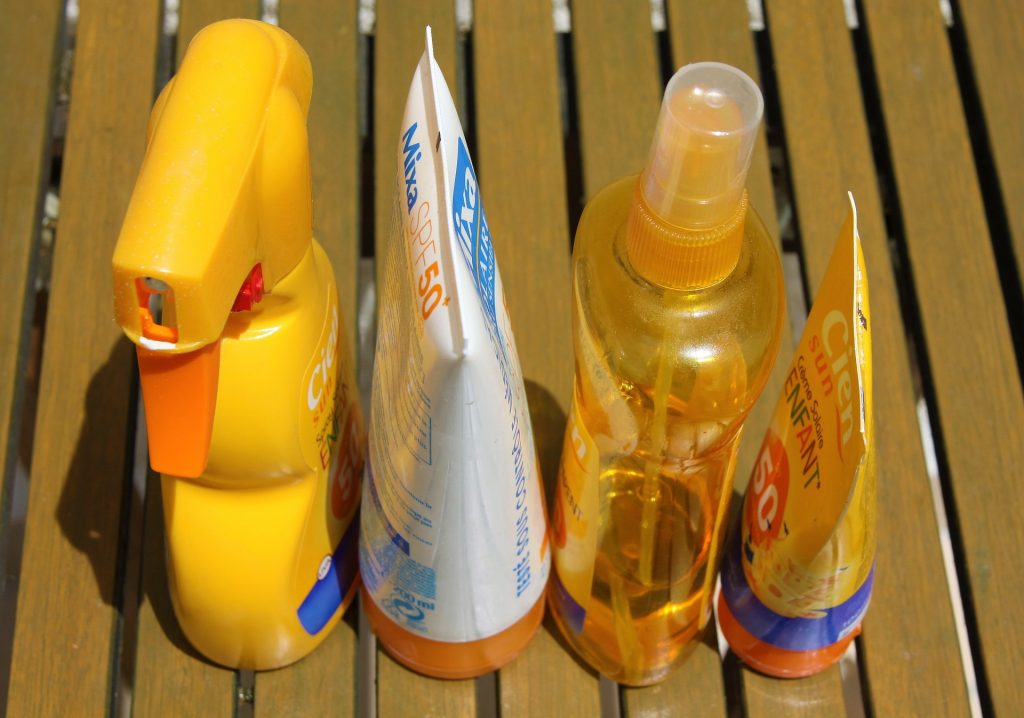
The warmth and brightness of the sun have been celebrated throughout history for its ability to uplift spirits and promote vitality. However, while the sun provides us with essential vitamin D and a boost of serotonin, its rays also harbor a darker side. Prolonged exposure to the sun’s ultraviolet (UV) rays can have harmful effects on our skin, causing various issues that range from minor irritations to serious health concerns. In this blog, we will delve into the detrimental impacts of sun rays on the skin and explore ways to protect ourselves.

- Sunburn: The Red Flag
Sunburn is one of the most immediate and noticeable effects of excessive sun exposure. Sunburn occurs when the skin is damaged by UVB rays, leading to redness, pain, and inflammation. The severity of sunburn can range from mild to severe, with blistering and peeling in extreme cases. Not only is sunburn painful, but it also increases the risk of long-term skin damage and contributes to premature aging.

- Premature Aging: Wrinkles and Fine Lines
Repeated exposure to the sun’s UV rays can accelerate the aging process of the skin, leading to premature wrinkles, fine lines, and sagging. UV rays penetrate the skin and damage the collagen and elastin fibers responsible for maintaining its firmness and elasticity. Over time, this damage weakens the skin’s support structure, resulting in the appearance of aging signs at an earlier stage than expected.
- Skin Cancer: A Looming Threat
Increased risk of developing skin cancer is perhaps the most serious consequence of prolonged exposure to sun rays. UV rays are a known carcinogen, and their impact on skin cells can lead to the development of malignant tumors. Skin cancer, including melanoma, basal cell carcinoma, and squamous cell carcinoma, poses a significant health risk and requires prompt medical attention. Risk of skin cancer can be reduced by preventing your skin from excessive sun exposure.

- Hyperpigmentation: Darkening of the Skin
Melanin is the pigment responsible for color of our skin and is produced by UV rays stimulation. While a tan may be considered attractive by some, excessive sun exposure can lead to an uneven distribution of melanin, causing hyperpigmentation. Dark spots, freckles, and melasma are common manifestations of this condition, making the skin appear patchy and uneven.
- Weakening of the Immune System
UV radiation can suppress the immune system’s function, making the skin more susceptible to infections and reducing its ability to repair damage. This weakened immune response can hinder the body’s ability to combat various skin conditions, leaving individuals more vulnerable to infections, including cold sores and herpes simplex.

Protecting Your Skin: Tips for Sun Safety
While the harmful effects of sun rays are undeniable, adopting sun safety practices can mitigate these risks and ensure healthier skin. Here are some essential tips:
- Sunscreen is Your Shield: Use a broad-spectrum sunscreen with a sun protection factor (SPF) of 30 or higher. Apply it generously to all exposed skin, even on cloudy days.
- Seek Shade: Avoid prolonged sun exposure, especially during peak hours between 10 a.m. and 4 p.m. Seek shade under trees, umbrellas, or wear protective clothing.
- Wear Protective Clothing: Cover your skin with long-sleeved shirts, pants, and a wide-brimmed hat to minimize direct exposure to the sun.
- Stay Hydrated: The skin’s moisture and resilience can be maintained by proper hydration. Drink plenty of water, particularly in hot and sunny conditions.
- Regular Skin Checks: Perform regular self-examinations of your skin to identify any changes, such as new moles, growths, or discolorations. Early detection is crucial in preventing skin cancer.
Conclusion
While the sun is undeniably a source of life and energy, understanding the harmful effects of its rays on our skin is vital for maintaining long-term health and well-being. From sunburns to the increased risk of skin cancer, the consequences of overexposure to UV rays are too significant to be ignored. By adopting sun safety practices and protecting our skin from the sun’s harmful effects, we can enjoy its positive aspects while minimizing the risks associated with excessive exposure.







